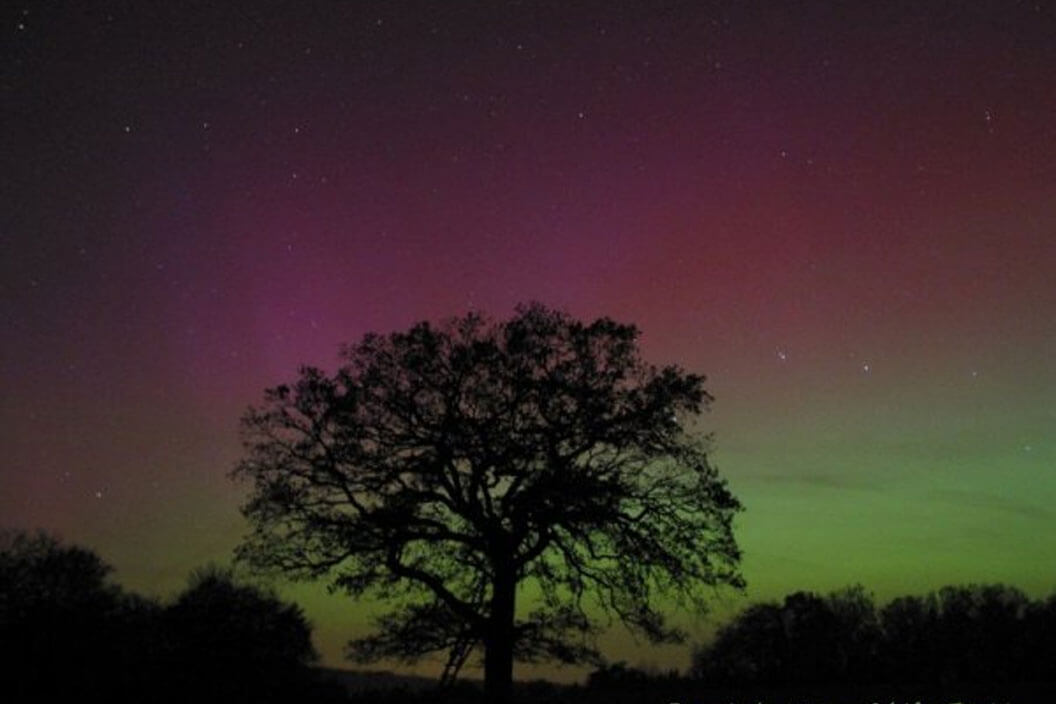
Northern lights in Switzerland: they are real.
I could not believe my eyes when I recently read an article about the Aurora Borealis. They are called "northern lights" because the colorful streaks are mostly visible in the northernmost spots on the planet, closest to the Earth's magnetic pole. But northern lights will pop up in lower latitudes as far south as Switzerland when the stars align.
Truly, I had no idea this natural spectacle was visible in Switzerland! I thought this solar phenomenon was limited to the northernmost European countries and the Arctic Circle.
This inspired me to investigate Northern Lights in Switzerland and write this guide. You will find inspiring photographs of sightings and advice on where to see the Aurora Borealis in Switzerland.
Northern Lights in Switzerland are rare
Switzerland may not be the first country that jumps to mind when pondering the Northern Lights. It surprises many that the Aurora Borealis can be spotted in specific parts of the country under optimal conditions.
First, it’s vital to understand that Switzerland isn't situated in the prime Aurora zone, which aligns closer to the Earth's magnetic pole, typically between 65 to 70 degrees North. Therefore, countries situated further towards the north – like Norway, Finland, and Alaska – have a higher probability of offering Northern Lights sightings.
But during periods of strong solar flares, the lights have been visible as far south as Switzerland. This last occurred in September 2023.
Northern Lights in Switzerland on September 26, 2023
On this particular night, an exceptionally high solar activity was observed, making the visibility of the Northern Lights in Switzerland possible. It was visible only briefly, but some webcams caught the dancing Aurora Borealis for the rest of us who were asleep:
Photographs of the Aurora Borealis in Switzerland
In Switzerland, one of the preeminent northern lights photographers is Heiko Rodde. Over the years, Rodde has captured numerous beautiful aurora borealis dancing above the Swiss skies.
Below are some impressive photographs by Heiko Rodde, captured in canton Aargau. Please note that Heiko Rodde copyrights all photographs.
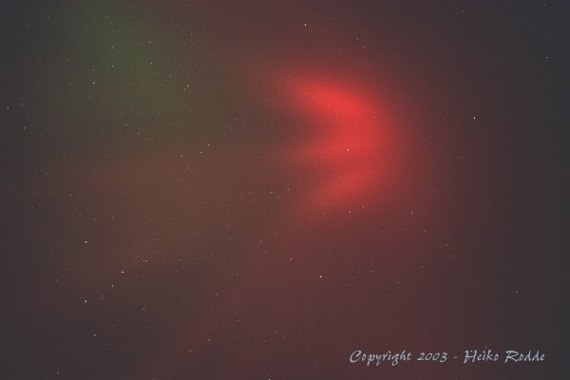
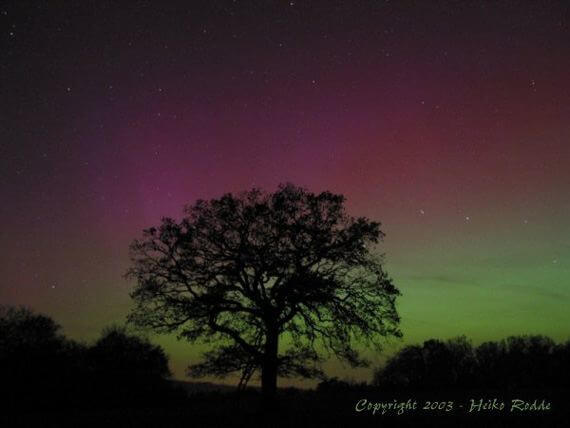
Photographer Harald Wochner took a series of pictures near Lake Constance in 2004. Harald Wochner copyrights these photographs.
How you can see the Northern Lights in Switzerland
Witnessing the Northern Lights in Switzerland requires a combination of factors – a high level of solar activity and clear, dark skies typical of a polar night. The Aurora Borealis results from solar particles colliding with the Earth's atmosphere, with visibility hinging on the strength of these solar storms.
The Northern Lights show follows an 11-year cycle, with peaks in solar activity known as the Solar Maximum. During these periods, lasting a few years, the chances of observing the lights are enhanced. Predictions indicate a high solar activity phase between 2025 and 2028, potentially granting the Northern Lights enough energy to be visible from Switzerland.
The best months to get lucky in Switzerland are March and September.
👉 Best Locations for Northern Lights in Switzerland
The probability of catching a glimpse of the Northern Lights in Switzerland rises in areas with minimal light pollution.
Look for a north-facing mountaintop with clear views of the northern horizon. Some places offering better chances for Northern Lights sightings are:
- The Swiss Alps: High-altitude areas like Zermatt, Verbier, and Davos, due to their darker skies and low light pollution, may provide favorable sighting conditions.
- The Jura Mountains: Known for tranquil landscapes and comparatively dark skies, this region in northwest Switzerland can offer better chances to view the Northern Lights.
👉 How to Decode the Colors of the Northern Lights
Blue, purple, red, and green: each color of the northern lights has a meaning, providing insights about the phenomenon's altitude.
- Green: the solar particles collide with oxygen atoms at an altitude of 100 to 300 kilometers. This color is seen most often.
- Pink: sometimes, the lower part of a northern light turns pink due to the presence of nitrogen molecules at an altitude of 100 kilometers.
- Red: at altitudes between 300 and 400 kilometers, collisions of solar particles with oxygen atoms produce red northern lights, most visible at our latitudes.
- Blue and purple: when hydrogen and helium molecules are excited, blue and purple northern lights appear, although they are barely visible.
👉 Tips for Increasing Your Chances
While they will always remain a rare sight, we live in opportune times as chances are likely to increase soon.
Statistically, Northern Lights appear over Switzerland in approximately 1% of all nights. Sunspot activity will increase along the Sun's equator in the next five years. Earth-directed coronal mass ejections that generate strong solar winds will become more frequent, potentially making Switzerland a likelier vantage point for this incredible natural light show.
Here are some tips for increasing your chances of seeing the Northern Lights in Switzerland:
👉 Alternative European Destinations For Northern Lights
No worries if you can’t catch the Northern Lights in Switzerland. Several other European countries offer a higher probability of experiencing this natural wonder:
- Northern Norway, including Tromsø, Alta, and the Lofoten Islands, remain popular because of their proximity to the Earth's magnetic field.
- Iceland's remote landscapes.
- Finland, especially northern Lapland.
- Kiruna and Abisko in Sweden.
- Scottish Highlands in the United Kingdom, though with less of a guarantee.
Viewing the Northern Lights in Switzerland can be rare and exciting. Proper planning, including choosing the right time and place, can optimize your chances to witness this magical phenomenon.

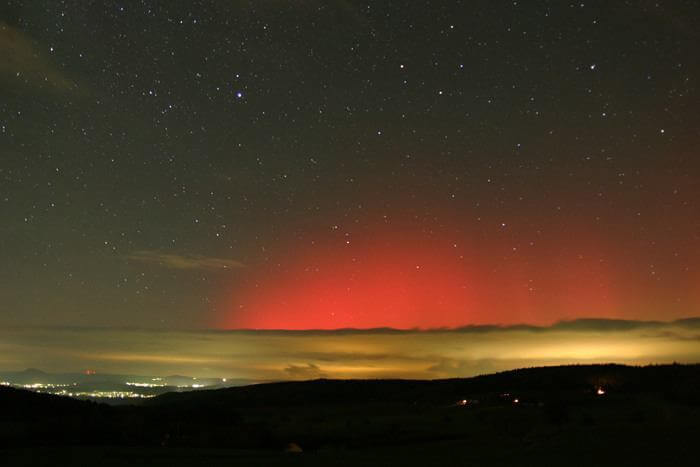
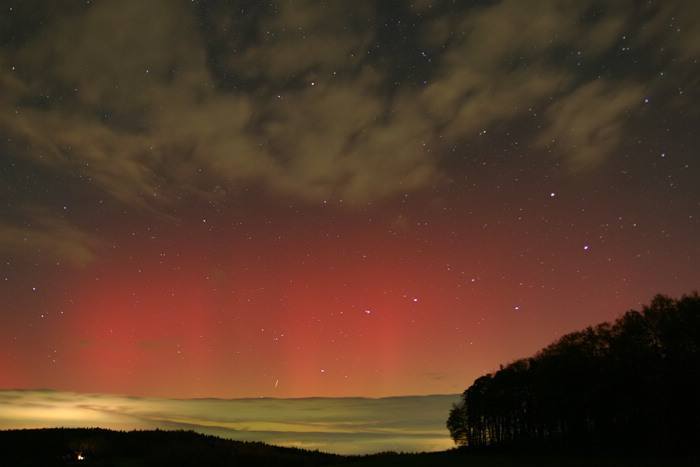
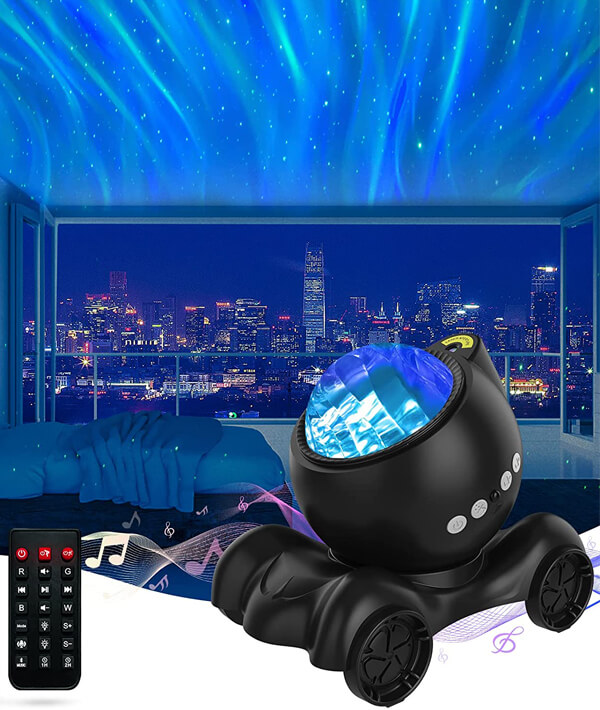

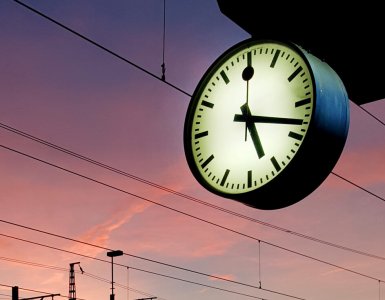
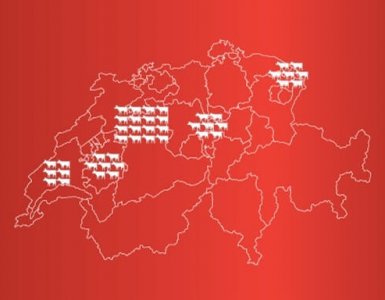

I just found an article about some solar storms to come that could allow citizens of lower latitudes to see the northern lights… https://www.bbc.com/news/science-environment-17295337
Will they hit us this time?
It’s a good thing the storm passed by Earth this time… Did you see anything in the sky though, Sylvia?
Wow! i Hope we can somehow spot them here in Switzerland this year too!